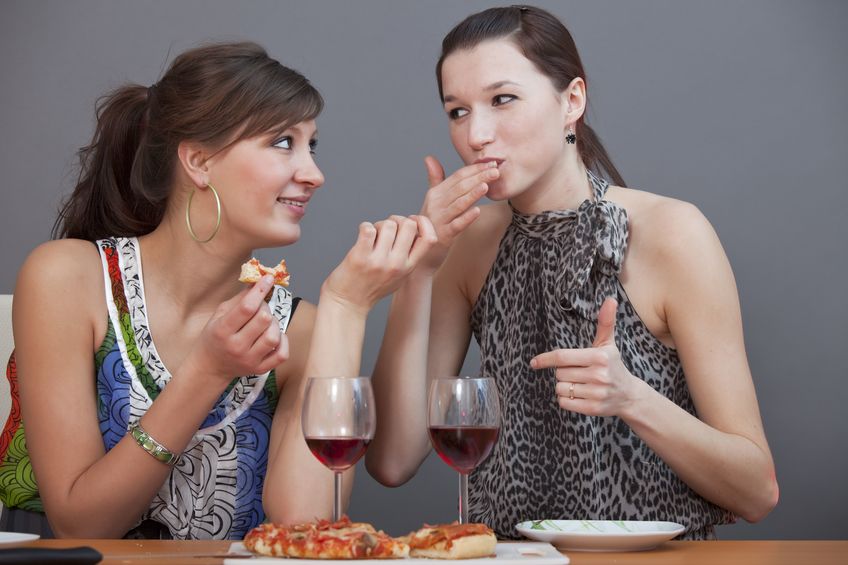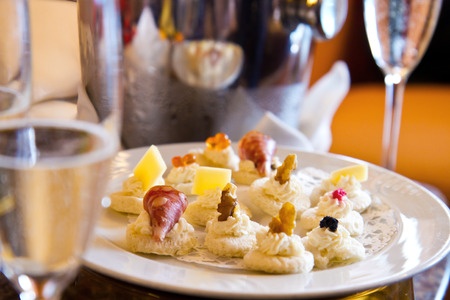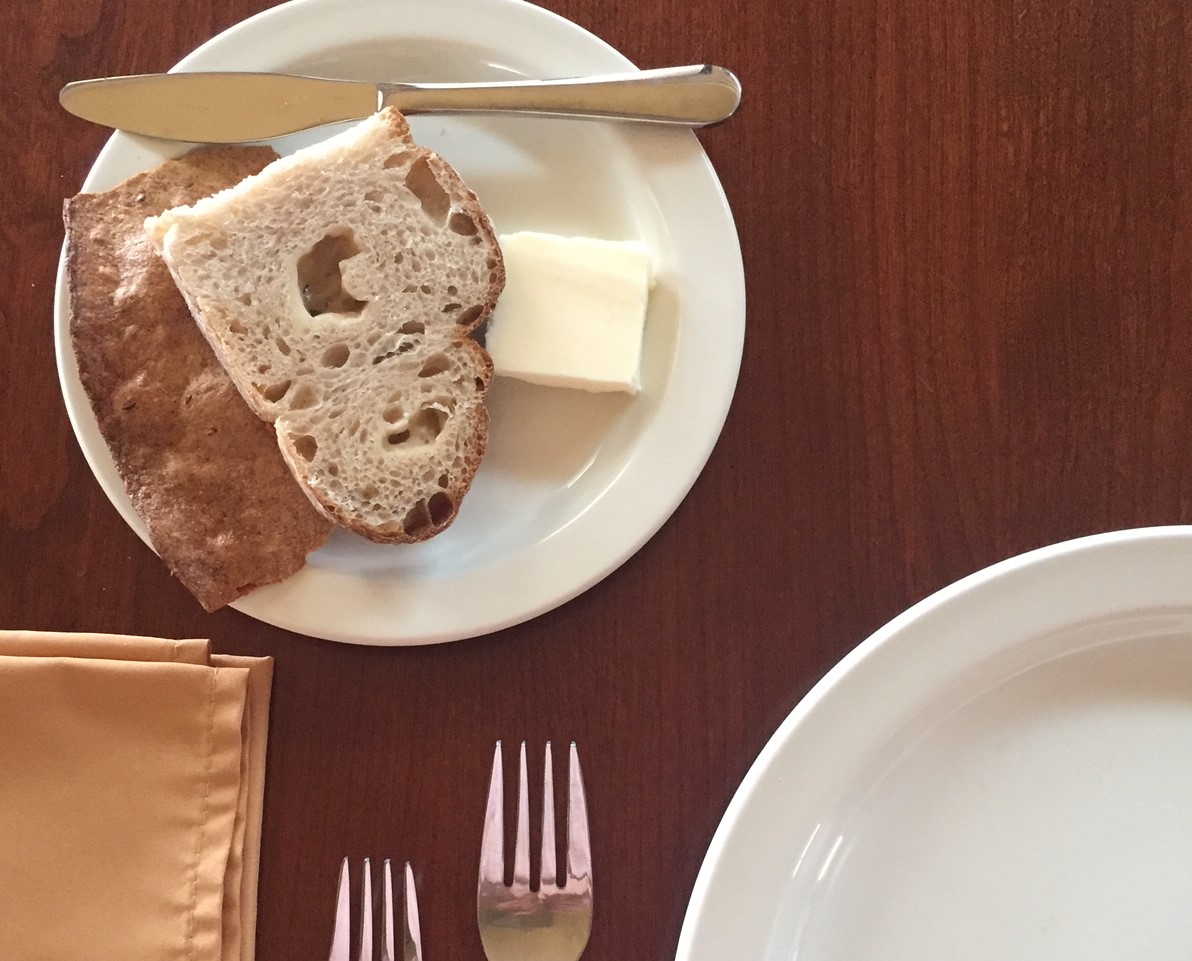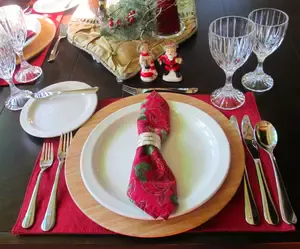What's Wrong with Licking Your Fingers or Utensils?

As an icebreaker in dining etiquette trainings, I sometimes ask students what really turns them off when eating with other people – things they cringe over (but of course would never say to that person). Always, always, an answer is, “When people lick their knives! So gross.” Another common answer is “When people lick their fingers! Ewww! So distracting!”
You can understand that anyone would want to get the last tasty morsel or drip of delicious sauce, but when tools are used improperly, or a finger swipes across the plate and into the mouth, other people’s eyes wander.
Keeping Fingers Clean
Some foods need to be savored. And when crumbs or a trace of sauce are left on your fingers, it needs to make its way to your mouth, right? Wrong.
When in the company of others, a napkin is the best way to remove debris left behind from finger foods. At a cocktail gathering, a quick swipe of your fingers against your cocktail napkin will do the trick. At the table, simply wipe your fingers on the napkin in your lap.
Sure, licking your fingers may seem a convenient method. It may even help remove the stickiness of sauces. But odds are you’ll be touching other things afterwards and it is a definite turn-off to others to see this. The other etiquette rule that comes into play here is to avoid sticky, messy finger foods, use a fork, or slip away to the restroom to wash your hands immediately after partaking.
Licking Utensils
Dining utensils have specifically assigned uses. Forks and spoons transfer food from plate or bowl to your mouth. Knives are used for cutting and spreading butter, jelly, etc.
As children, we are taught to keep knives out of our mouths. We are also taught to never wave or throw dining utensils. The safety reasons are obvious.
As adults, we are probably capable of licking a knife without injury. But the point is that other people are disgusted when we do this. Just as setting a knife with the blade pointing at another diner is offensive, licking or waving a knife is also offensive.
While licking a fork or spoon may not be quite as shocking to others, it is still inappropriate. When dining with other people in your vicinity, your tongue should remain in your mouth.
Other countries and cultures agree with the etiquette rule of utensils being used only to move food to your mouth. For example, Asian etiquette tells us, “Chopsticks are not meant to touch your teeth, or lips, but rather you are to take the food from the chopstick.”
This guideline is true in the United States and for any utensil being used, including your fingers.
The Distraction Factor
The primary reason for the “No Licking” rule is the fact that when you do this, you immediately draw attention to yourself. You become a distraction.
One aspect of employing etiquette rules is to avoid being a distraction. Etiquette keeps situations orderly. When dining in an orderly fashion, diners focus on the food and pleasant conversation rather than the person licking the barbecue sauce off her knife after cutting into a piece of chicken.
Just as we learn the correct methods for using tools in other capacities, dining utensils are tools that, when used correctly, not only help us enjoy a meal with ease, they help us avoid drawing attention to ourselves for any other reason than as a part of the social exchange of conversation.
Some things never change. Eating politely is always in style!














